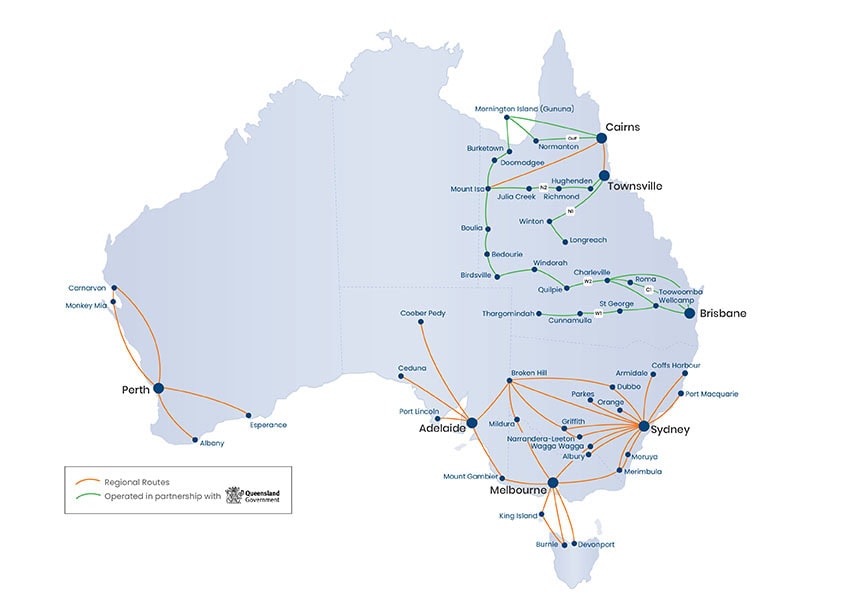As early as 60,000 years ago, Indigenous people began applying red, yellow, white, and black pigments to rock to tell the stories of creation, also known as the “Dreamtime.”
This grew to illustrating other aspects of daily life. Such as hunting, laws, and ceremonies, in order to share their knowledge with future generations. Today, thanks to conservation efforts, many ancient rock paintings have been preserved and are open to the public. Here’s a look at some of the top indigenous rock art spaces in Australia.
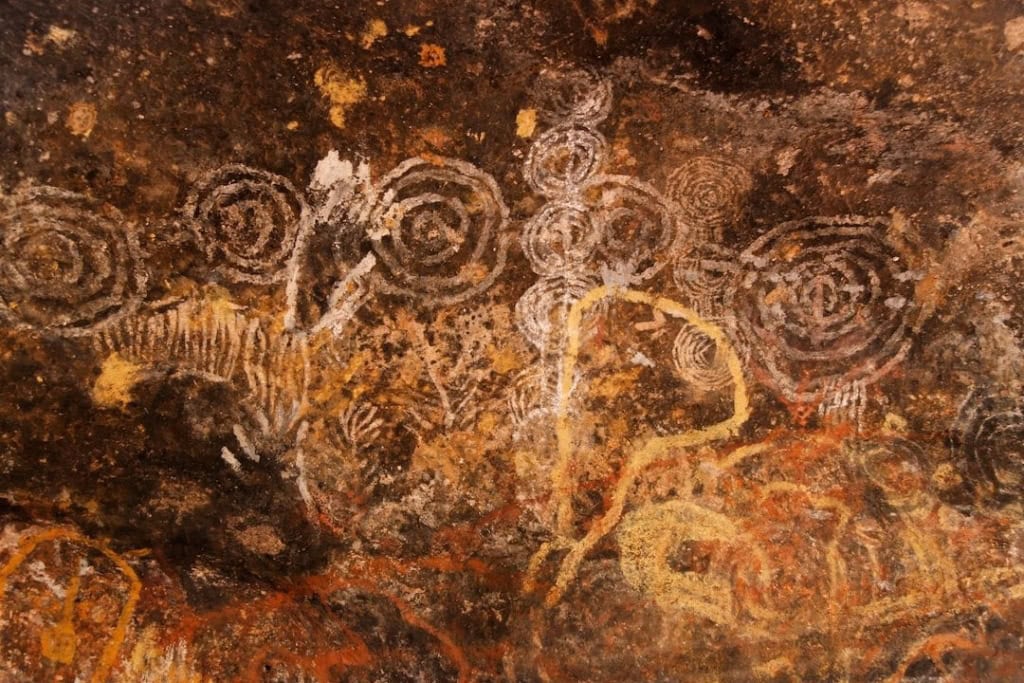
Uluru (Ayers Rock), NT
This spectacular rock formation is arguably Australia’s most well-known natural landmark, and up close it’s even more awe-inspiring. Indigenous rock art sites here have been used in Anangu education for tens of thousands of years. In order to pass down stories to future generations. The Anangu rarely create new rock art, however, they still use the old rock art to ensure the continuation of knowledge. Several of these rock art shelters are accessible on the Mala walk and the Kuniya walk.
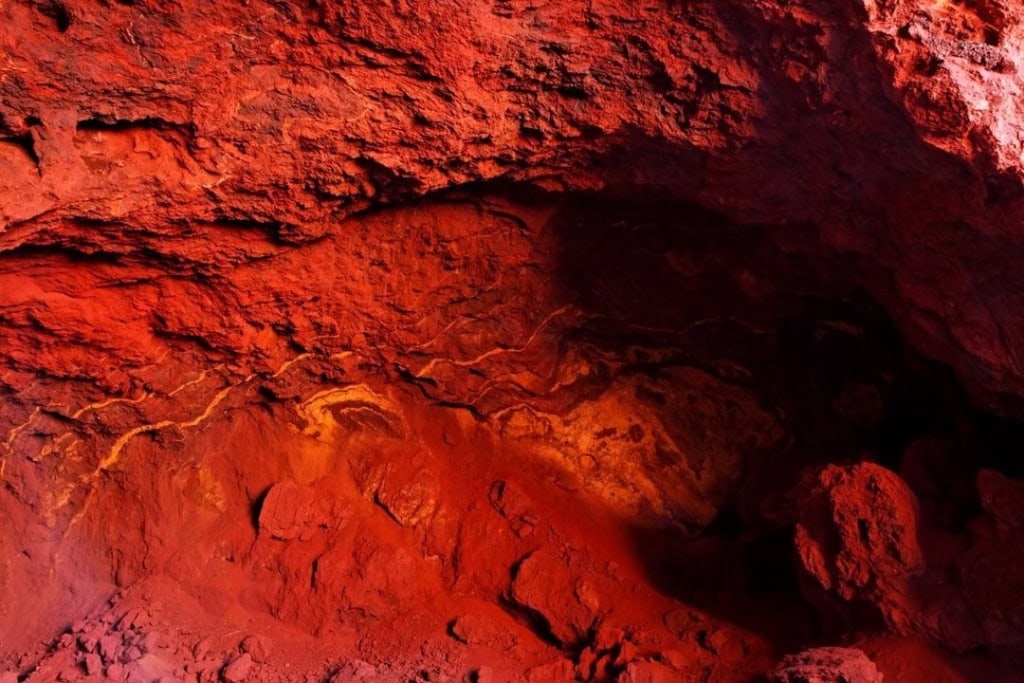
Thuwarri Thaa (Wilgie Mia), WA
Wilgie Mia, known by the traditional Wajarri owners as Thuwarri Thaa (‘place of red ochre’) is an ochre mine in the Weld Range of Western Australia. Its rich red ochre, with its high durability and ‘glow in the dark’ properties, was first extracted more than 30,000 years ago and used for rock painting. It is still used today in Aboriginal law, art, ceremonies, and healing practices. Access to the site is actively discouraged, out of respect for the traditional owners.
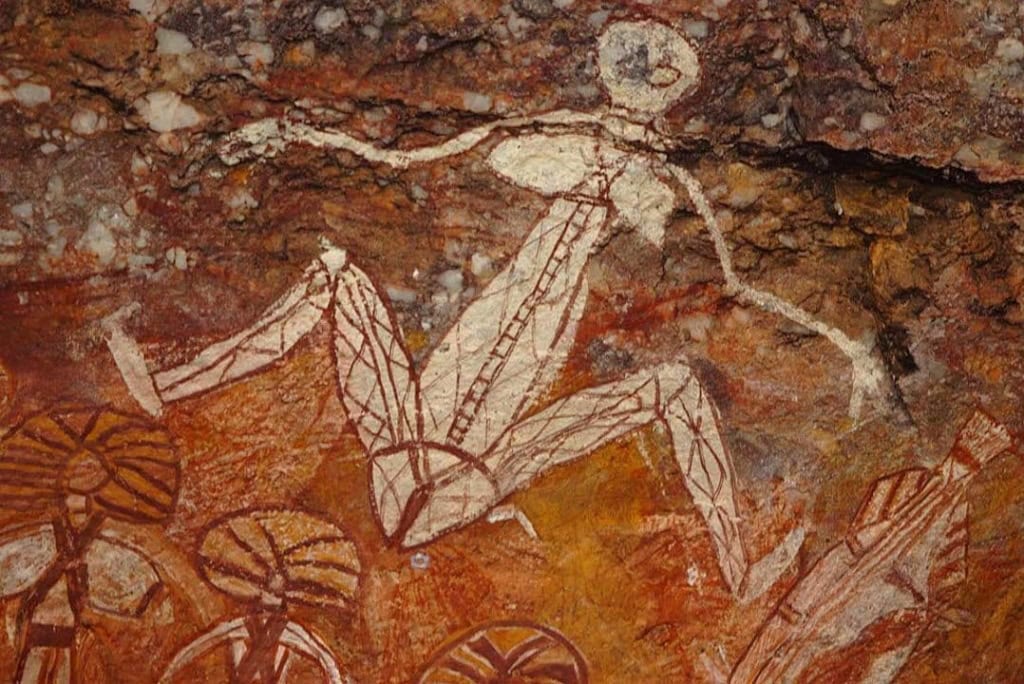
Burrungkuy (Nourlangie), NT
A walk through this outdoor cultural museum invites you on a visual journey back in time to about 20,000 years ago. The main rock art site along this walk is the Anbangbang gallery and shelter. Here, and nearby, you’ll find numerous artistic styles spanning various time periods that capture an array of subjects. Such as creation and the Aboriginals’ first encounters with the Europeans.
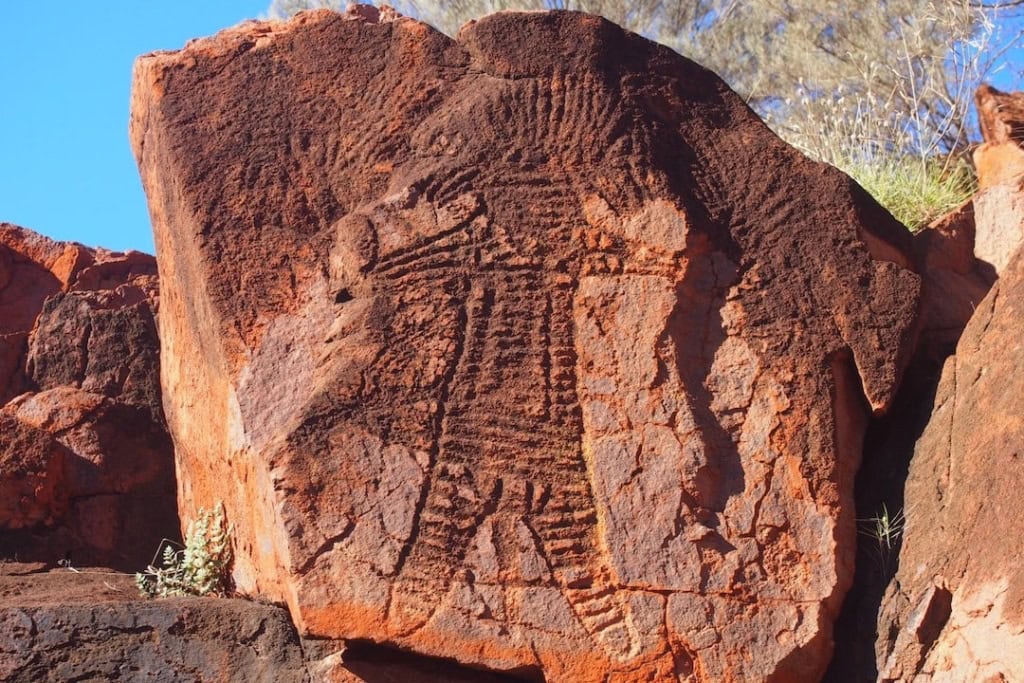
Murujuga National Park (Burrup Peninsula), WA
About 5 kilometres north-east of the town of Dampier and 35 kilometres from Karratha, Murujuga National Park, the islands of the Dampier Archipelago showcase what is thought to be the highest concentration of rock engravings in the world. The rich flora and fauna of the area, in addition with the rock art, make for an ancient outdoor art gallery that captures the beauty of nature.
Learn more about visiting the site here.
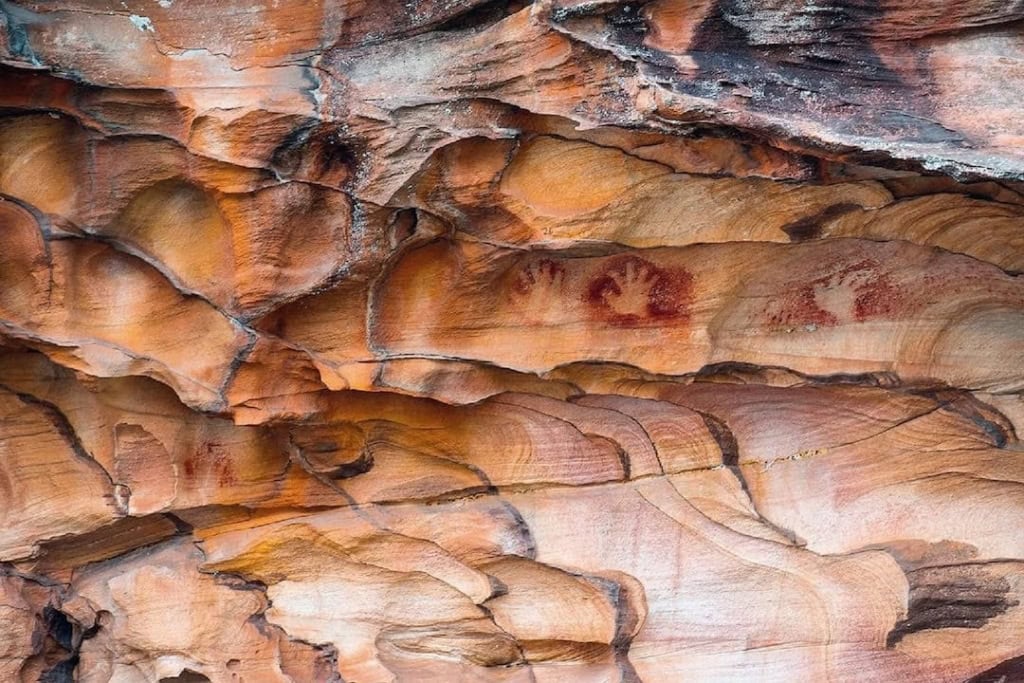
Ku-ring-gai Chase National Park, NSW
Just a 45 minute drive from Sydney CBD is this stunning park rich with the cultural heritage of the Guringai people. On the Aboriginal Heritage walk you’ll get to stop at the Red Hands Cave, an important site for the Guringai people as it provides physical evidence of tribal ancestors with handprints set in the sandstone. However, avoid the temptation to place your hands over the handprints; the acids on your skin will damage them.
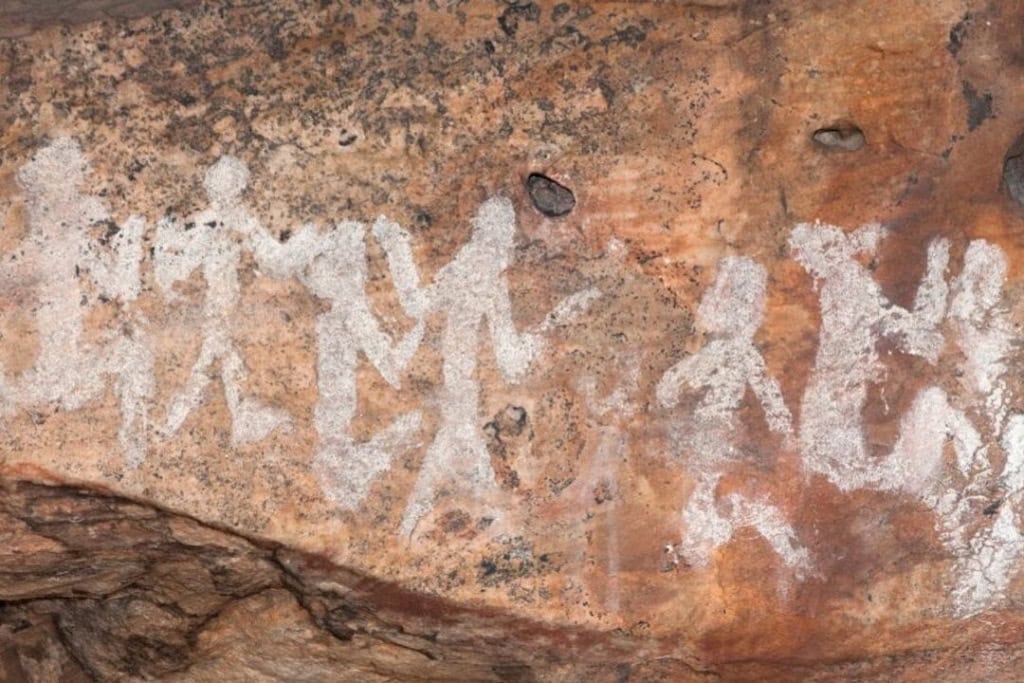
Grampians National Park, VIC
This national park is home to over 80% of Victoria’s rock art with approximately 200 rock art sites, five of which are open to the public. Most of the art sites are under rock overhangs, providing shelter and strategic viewing points of the surrounds.
Find out more about visiting the site here.
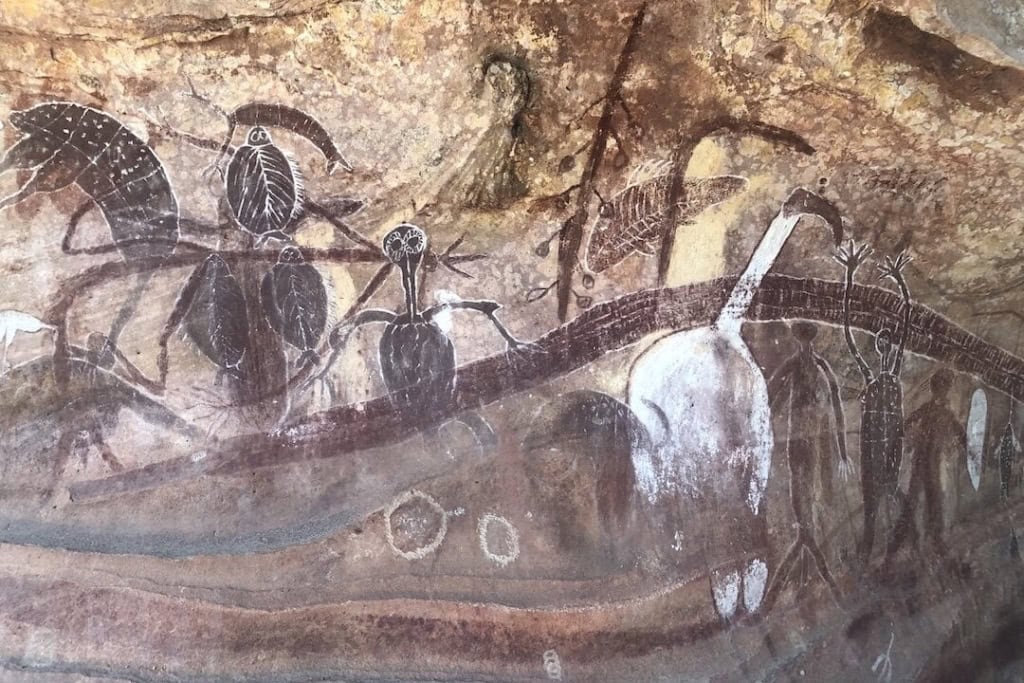
Quinkan Country, QLD
Listed as one of the top 10 rock art sites in the world, people come from all over to gain some understanding of the Aboriginal stories associated with this magnificent sandstone landscape. Notably depicted in the rock art are Quinkins, which are Aboriginal mythological beings made well known through a children’s book telling the story of Quinkin country. This is a great spot to visit with kids who have read the book.
Preminghana, TAS
This famous rock art site is located at the very tip of northwest Tasmania. Intricate geometric patterns cover the area of rocks almost entirely. As an Indigenous Protection Area, it is necessary to obtain permission before visiting the rock art at these sites.
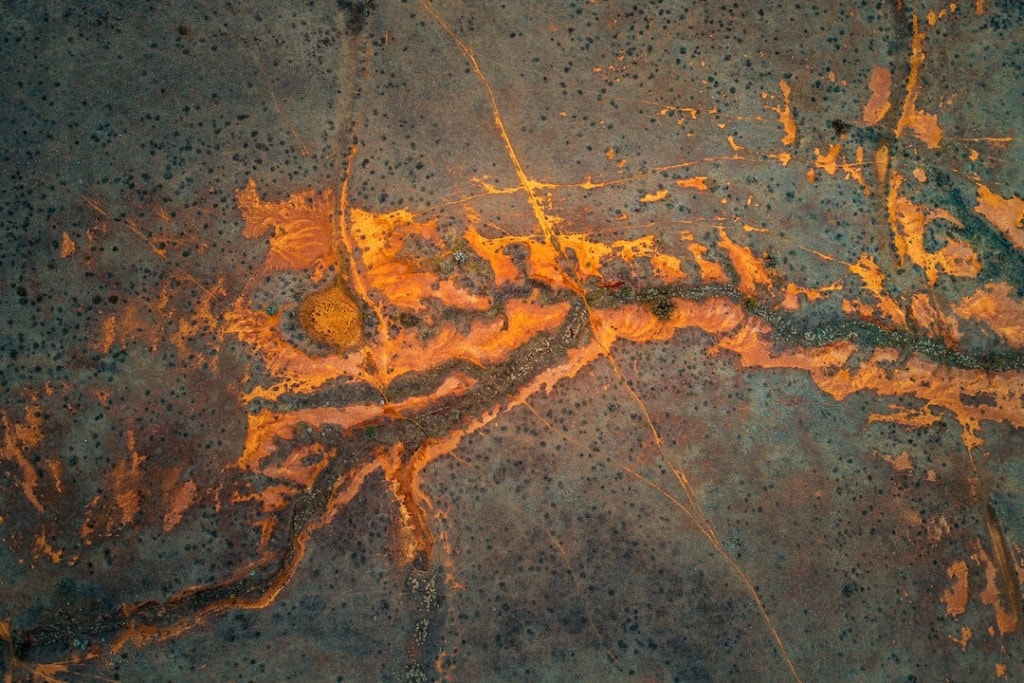
Flinders Ranges, SA
Just a short bush walk away from the Ikara/Wilpena Pound, an ancient meeting place of the park’s traditional owners, is Arkaroo Rock. Here you’ll find ochre and charcoal rock paintings from the Adnyamathanha people. Because of its beautiful surroundings, several famous films have also been made in the Flinders Ranges, including Gallipoli and Rabbit-Proof Fence.
More info here
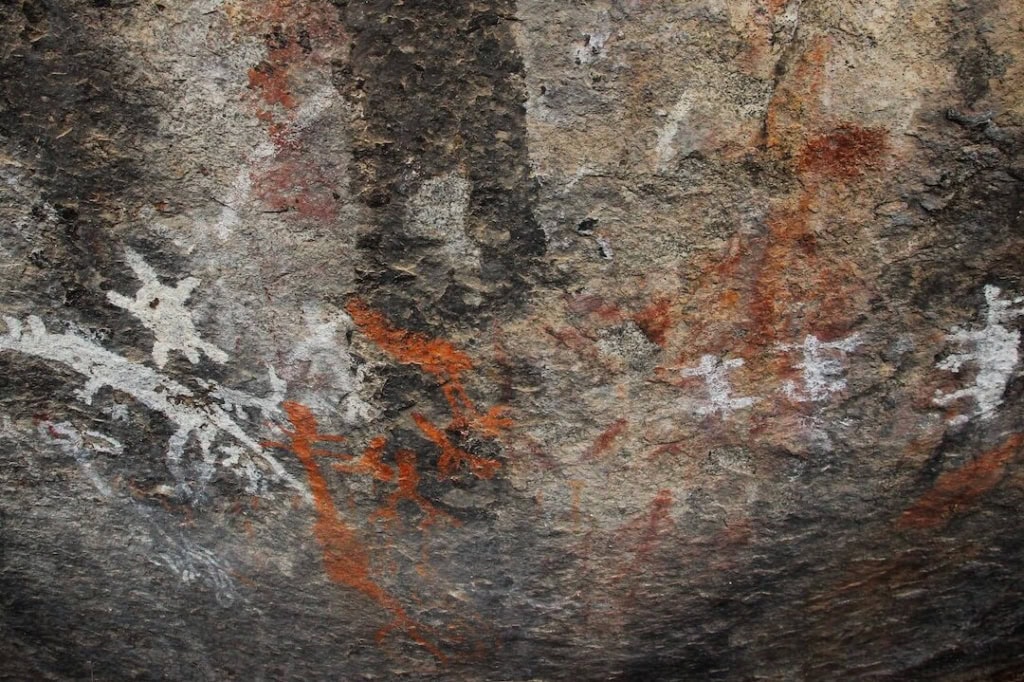
Yankee Hat, ACT
This is the only currently known Aboriginal art site in the ACT. Located within Namadgi National Park, it’s an easy walk through the expansive grasslands, made all the better with spectacular mountain views. At the rock art shelter, you can see figures painted over a period of hundreds or possibly thousands of years, with the earliest figures a faint dark red/brown color and the most recent white and orange/red.
Read more here
Interested in reading further about Australia’s sacred Indigenous sites and learning about the history of our First People? Give these stories a read.


